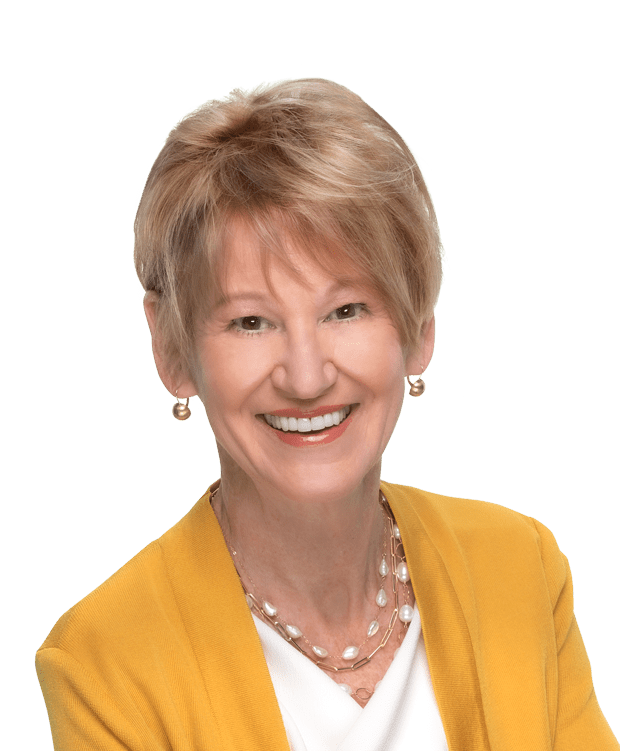Topic: Specializing and Innovating
Reprinted with permission from the Association for Accounting Marketing’s Growth Strategies.
I love getting feedback on the articles I write. Sometimes it’s kind praise; other times constructive criticism. When I wrote recently about the Strategic Foundation of Strategic Growth for AccountingToday I got questions – lots of questions.
In the article I laid out the three elements of strategic growth, which I envision as three concentric circles – combination locks, if you will.
- Services – your offerings, based not just on what you know how to deliver today, but on what the market demands tomorrow.
- Distribution channels – the ways you and your buyers find one another on a sustainable basis.
- Buyer groups – the targeted buyer categories who buy from you.
Nothing new there. If you know me at all, you know I talk about these elements all the time. The question I got from many readers was, “OK, Gale, how do I discover and evolve the strategy to leverage the power of these elements?”
My answer is three little words – the Research Call℠. It’s the combination that unlocks the strategy safe, and it’s your firm’s ticket to growth.
A Research Call℠ is a deep dive into a space that you either inhabit or are considering. Meet with all 4 categories of people – thought leaders, other providers, competitors, likely buyers – to learn all you can about what buyers think, do and need. The insights you glean from thoughtful Research Calls℠ will reveal the strategy, which is the interaction among the three elements.
Beyond visibility
If growth is what you’re after, it’s not enough to meet and greet lawyers, bankers and local Chamber members. There’s nothing wrong with increasing your visibility, but it won’t grow your business.
For that you need to perfect the Research Call℠. Done right it will dictate the direction of your services, target buyers and channels of distribution in response to market expectations. I can vouch for the Research Call℠ because I’ve been using it to build my own consulting practice for more than a dozen years.
Conducting a Research Call℠ is a matter of identifying key interviewees in your target market and asking them focused questions in 5 categories:
- What issues are facing buyers?
- Where do people congregate?
- What do people read?
- Who are the thought leaders?
- Who else should I be interviewing?
Here’s how it works
Let’s look at an example of how this works on the ground. Say your firm has developed niches in construction and international manufacturing. Through Research Calls℠ you learn that construction companies are moving beyond the borders of the U.S., especially into third world markets.
Based on this intelligence, the leader of your construction practice huddles with the leader of your international practice. Together, they redefine a new potential target buyer group – international construction companies active in third world markets. That discovery opens vast new possibilities.
It also influences your strategy, forcing you to change your channels of distribution to those that will enable you and buyers to find each other in this new market segment.
Another example is a firm that learns through Research Calls℠ that a number of potential buyers want to eliminate their internal accounting departments. It’s a significant discovery because your firm just happens to have a small bookkeeping practice that’s ripe for growth.
The learnings from the Research Calls℠ influence your strategy, leading you to expand your services to match the identified need.
Avoid complacency!
It’s tempting to think that once you “get” the combination to your strategy safe, all will be right in the world. But that’s not the way it works. Strategy is constantly evolving. As market dynamics shift, you need to be ready to respond with appropriate changes in your offerings, target groups, and channels of distribution.
These shifts are often subtle and require that you remain constantly on the lookout. Just like a combination lock, if you fail to make the proper adjustments in the new number combination you’ll be stuck in the present as competitors rush to embrace the future.
In part two of this article I’ll discuss how the first question in a Research Call℠ – what issues are facing buyers – informs strategy even further.


